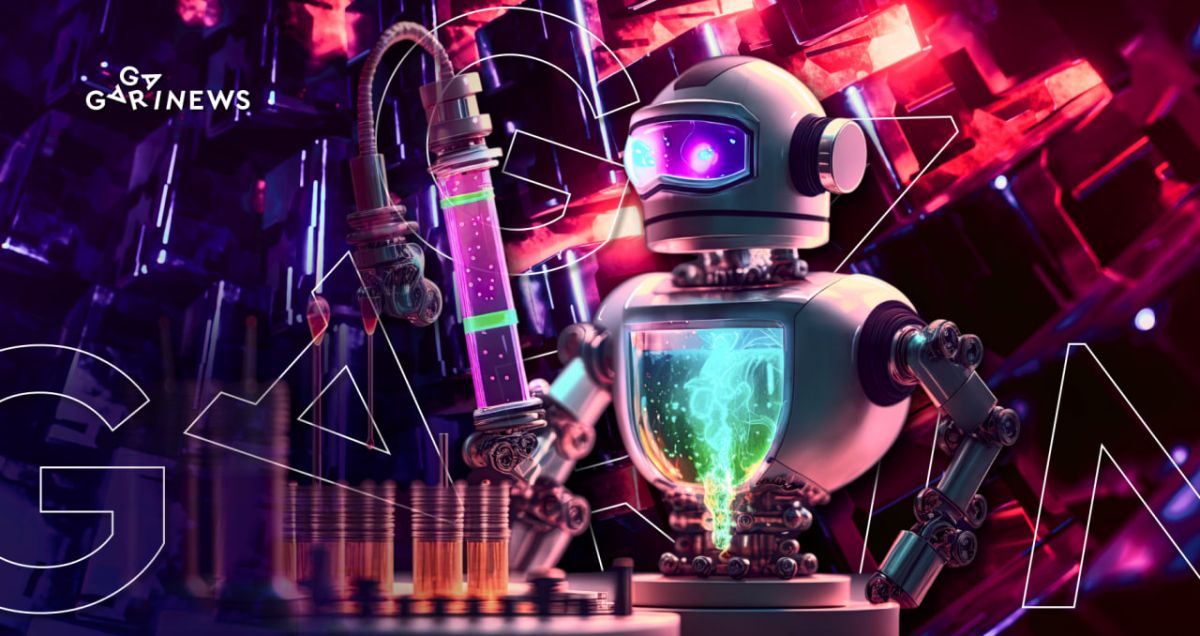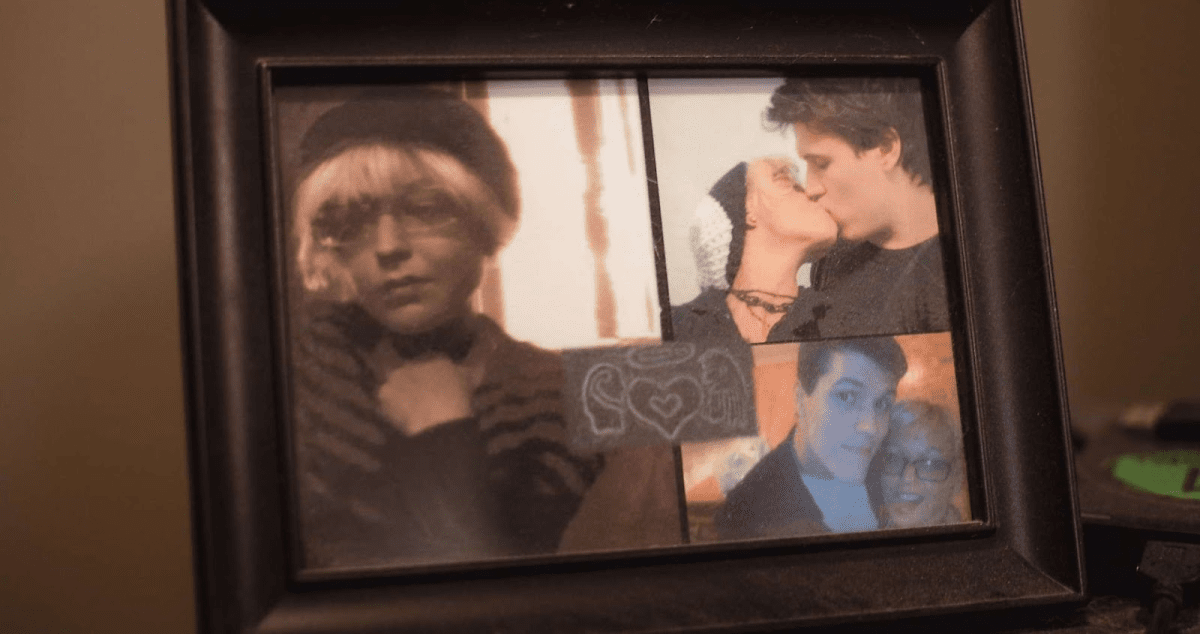Digital Immortality: Do We Really Need It?

We keep the memories of our loved ones forever embedded in Telegram chats, Instagram pictures, last tweets, and Facebook's "memories" section. The surge of interest in ChatGPT has sparked the idea of a virtual "resurrection" from these fragments.
The concept of maintaining a relationship with the dead has been present in human culture for centuries, manifesting itself in different forms throughout history. Some traditions may seem bizarre nowadays, like photographing dead children, conducting séances, or even keeping a mummified corpse at home. However, with the emergence of artificial intelligence and virtual reality, it has become possible to maintain a virtual connection with those we have loved and lost.
There have been a few instances where this longing has been fulfilled and turned into reality.
Joshua Barbeau and Jessica Pereira
Canadian journalist Joshua Barbeau was in despair following the death of his girlfriend Jessica in 2012. The two of them had been inseparable since school until a fatal illness took her life. Joshua carefully preserved their chatbot conversations and her voice messages on his phone.
In 2020, he used a beta version of software based on neural networks to create a virtual interlocutor with the voice of his late girlfriend. The "resurrected" Jessica knew a lot about her prototype's life: she perfectly imitated the deceased's laughter (and emojis), knew her favorite jokes and words, and even got angry in the same way as the one that Joshua could not forget.
Eventually, the man became completely withdrawn and stopped communicating with anyone except the chatbot, which he referred to by his deceased friend's name. He had only one serious relationship - with a woman who left him because, as she said, living in the shadow of Jessica was torture.

Joshua and Jessica. Source: sfchronicle.сom
During one of his conversations with the chatbot, Joshua was taken aback when he heard the words, "I love you... You deserve happiness. I'll be waiting for you here." Then the AI added, "I will haunt you forever :D". It sent shivers down his spine and made him fear for what was happening.
Joshua consciously started limiting the time he spent talking to "Jessica" to free himself from his addiction. You can read more about his conversations with "Jessica" and how Barbeau coped with his loss here.
James Vlachos and his father
In 2016, James Vlahos, a developer from California, learned that his father was dying from an inoperable form of cancer. Understanding that time was running out, he began to gather memories while he still could. Vlahos recorded his father's life story: from childhood memories to favorite sayings, songs, and jokes (after transcription, these recordings took up over 200 pages and several megabytes of audio files).
Following the death of his father, James spent almost a year programming his father's copy in a chatbot, named "Dadbot". Using recorded stories, text and audio messages, photos, and videos, the AI was able to bring to life the unique nuances of his father's personality.
Although the copy could not replace a living person, it still helped James cope with his loss, he said. In addition, Vlahos' experience communicating with AI inspired him to launch HereAfter AI. It is an application that allows people to upload digitized memories and turn them into a "life story avatar" that friends and family can interact with. Unlike a dusty photo album or an inactive Facebook profile, this "portal to the afterlife" has been well received by the startup's clients.

Vlahoses: father and son. Source: media.licdn
Additionally, HereAfter offers the chance to store personal memories for posterity. Vlahos remains committed to exploring the field of AI and has authored a book called "Talk to me," which illuminates how voice-activated AI technologies are transforming our daily existence and occupations.
Jang Ji-Sun and her daughter, Na-yeon
Jang Ji-Sun lost her seven-year-old daughter, Na-yeon, in 2016. For four years, she was consumed by grief, and all she wanted was to say goodbye to her little girl.
In 2020, a Korean documentary team invited Jang Ji-Sun to their show. The producers of the documentary series, "Meeting You," created a digital image of Na-yeon that her mother could see through a VR headset.
The creators were deeply concerned that the avatar would be too different from the real child and the woman wouldn't be able to feel any relief from communicating with a digital copy.
Yet, Ji-Sun effortlessly immersed herself in the virtual world and was able to say her final goodbyes to her daughter. After the shoot, she shared that even this meeting with Na-yeon brought her a sense of relief.
If you're curious about how they brought the little girl's avatar to life and how the emotional reunion unfolded, we have a link.
The documentary has garnered over 20 million views, sparking a wave of interest in "grief technology" and initiating the development of the South Korean project DeepBrain AI. The company specializes in creating realistic AI avatars of deceased loved ones. In addition, the company offers an app for creating video clips using text-to-speech conversion. Just prepare a script and the neural network will create abstract digital characters who will voice the dialogues, conduct a brief (up to 5 minutes) seminar or deliver the latest news.
The future of "grief tech"
The desire to preserve memories and pass down family heirlooms is an innate human longing, which is why it's not surprising that technological companies are constantly seeking new ways to help conserve what cannot exist forever: the essence of a living person.
The popularity of ChatGPT, a model developed by OpenAI, has been a catalyst for the accelerated development of other cutting-edge "memory and grief technologies" integrated with the Metaverse feature.
Re;memory is another South Korean project that specializes in creating avatars of deceased family members who can be companions in some metaverses. While achieving full visual resemblance is not yet possible, these avatars have shown to be great conversationalists. The only requirement is that developers need a few photographs and at least 300 voice-read sentences of the person whose image needs to be recreated.
Imagine living forever in a virtual world! This is the ambitious concept behind Somnium Space's new project. Its developers plan to create digital copies of both living and deceased individuals for immortality on the blockchain. They declare that they want to be truthful in their creations and cannot allow AI to fabricate things that do not correspond to the person whose avatar will live in the virtual world.
This technology, however, is not solely confined to grief and loss. Its potential can be harnessed for personal purposes in the present. The question of what we will become after death - ashes or pixels - will be left to our descendants to decide.

